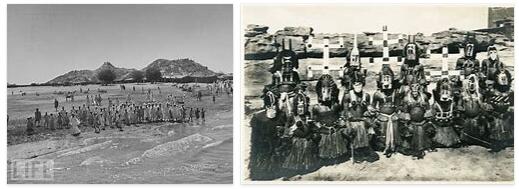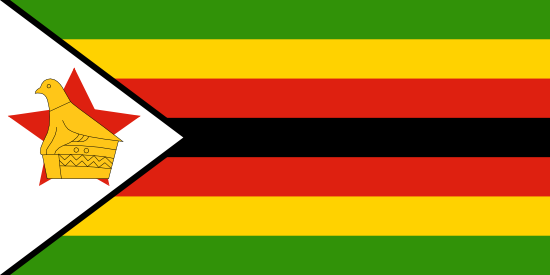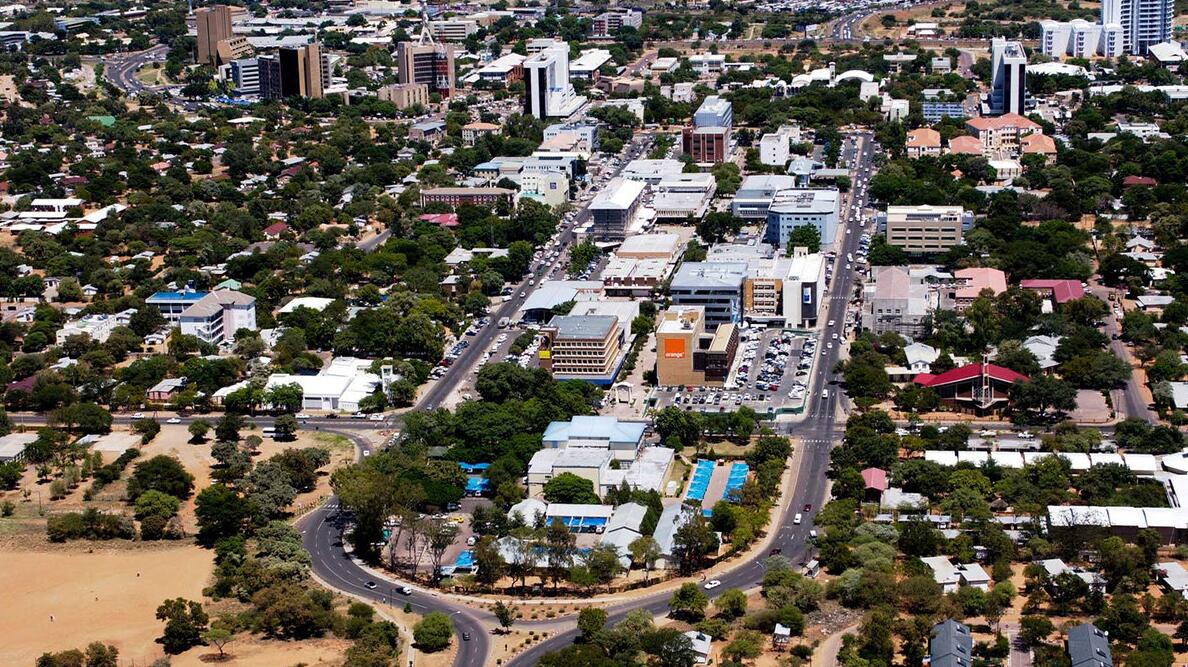Sudan in the 1940’s
According to an estimate of January 1940, the population was 6,591,000 residents, Scattered in numerous villages and more important centers, of which a dozen with over 10,000 residents Among these, Khartoum and Cassala have exceeded 50,000 residents in recent years, while Wad Medani has 33,000, Atbara 19,000, Berber 20,000, Port Sudan 18,000.
The cultivation of cotton represents the most important agricultural activity, based largely on the irrigation of vast areas for which water is supplied by the White Nile and the Blue Nile. The great Sennar dam, together with other works, allows the cultivation of cotton (sowing June-July and harvesting March-April).
The cotton areas are in particular the Gerira and the regions of Cassala and Tocar; overall the cotton area in 1945-46 was 130,000 ha. with a production of 437,000 q. of textiles and over 830,000 q. of seeds. Other export products are sesame (100,000 ha. And about 400-500,000 q. Of seeds) and peanut (70-75,000 ha. And 100-150,000 q. Of seeds). The breeding, despite the great possibility of development, is always rather modest: in 1944 there were estimated to be over 3 million cattle; to 4.8 million sheep and almost 4 million goats; over 1.1 million camels and half a million donkeys. The country’s industrialization is still scarce: in any case, industrial products are almost entirely exported via Port Sudan, a very modernly equipped port.
The trade marked the following values in the period 1941-45:
History. – Remained in the shadows during the Second World War – during which, however, the Egyptian government loyally observed its obligations under the 1936 treaty with Great Britain – the Sudanese question reappeared on the world political scene with the communication, sent on December 20, 1945 from Egypt to Great Britain, with which, alongside another request, the “unity of the Nile Valley” was requested, that is the full Egyptian sovereignty over Sudan. The negotiations began in May 1946, after serious Anglo-Egyptian incidents, between two delegations: the English one led by Bevin (and in his absence by Lord Stansgate) and the Egyptian one by Ṣidqī pascià. However, they came to nothing and, in January 1947, they broke. The fundamental and still existing reason for disagreement between the British and the Egyptians in the Sudanese question is that, while the latter require the cessation of the double condominium administration established in 1899 by the British and the pure and simple annexation of Sudan to Egypt, the former, while accepting the need to recognize Egyptian sovereignty over Sudan, believe that such recognition must have temporary value and must serve exclusively to prepare the Sudanese for self-government. As a result, there was a game of action and reaction on the part of the two states within the Sudanese political organizations, in which local rivalries and particularistic ambitions are inevitably coupled with motives of an imperial and national character.
Shortly after, at the end of 1947, the Anglo-Egyptian negotiations moved towards the plan of constitutional reforms, aimed, in the intentions of London, to make the Sudanese participate more intimately in the central administration of their country, the first step towards self-government.. The Egyptians, after having initially followed the English on this path which in the end would have emptied most of their claims of content, refused to continue the negotiations. On June 19, 1948 the Sudanese government ordered the entry into force of the planned constitutional reform, with the establishment of an executive council, responsible, before the governor general, for a legislative assembly for the most part elective, keeping the governor general wide powers.



